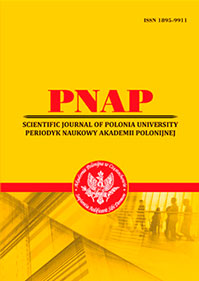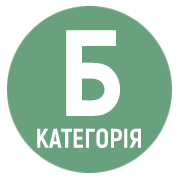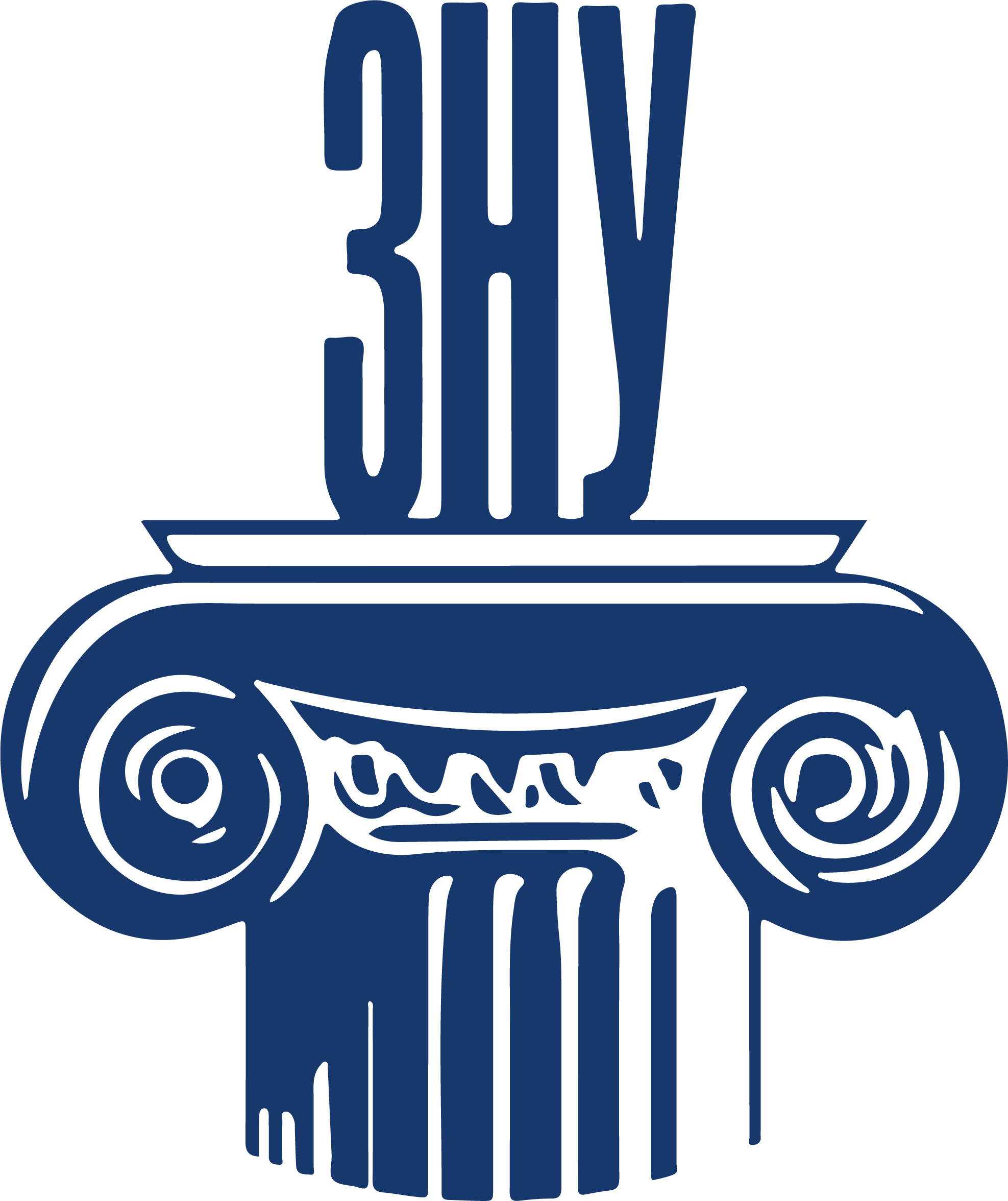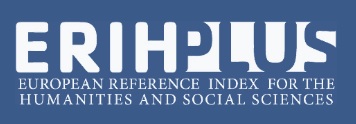TRANSLATION OF THE FUTURE: HARMONY BETWEEN HUMAN AND MACHINE
Abstract
Today, translators are increasingly using machine translation tools as an auxiliary tool. This collaboration allows for significant efficiency gains, reducing the time required to process large volumes of text, while leaving the function of checking, editing, and adding creative elements to the human. The purpose of the study is to determine the optimal ways to harmoniously combine human and machine translation to achieve high quality, efficiency, and creativity in translation activities, as well as to meet the needs of a modern globalized society. Machine translation was defined as the process of automatically translating texts or speech expressions from one language to another using computer programs or systems; human translation is the process of translating texts or speech from one language to another, performed by a person, not an automated system or program. Strategies for harmoniously combining machine translation with human translation: 1. Post-editing method of machine translation. 2. Machine translation as an auxiliary tool for translators. 3. Machine translation systems based on translation memory. 4. Shared use for creative projects. 5. Use of specialized databases and terminology systems. The optimal ways of harmoniously combining human and machine translation to achieve high quality, efficiency and creativity in translation activities are based on using the advantages of each of these strategies. Machine translation can be useful for quickly completing tasks, processing large volumes of texts and automating routine processes, while human translation adds accuracy, creativity and the ability to convey cultural context and emotional content. Therefore, harmony between human and machine in translation is not only possible, but also necessary, since the combination of these two components allows to achieve maximum efficiency, accuracy and creativity in the translation process, while maintaining the high quality of the final product, which is important in the context of globalization.
References
2. Брай А. Ю. Адекватність машинного перекладу усних та письмових англомовних текстів : магістерська робота. Київ, 2024. 169 с.
3. Данилов Г., Балакірєва В., Василенко К. Машинний переклад, системи машинного перекладу та їх специфіка. Науковий вісник ПНПУ ім. К. Д. Ушинського. 2021. № 33. С. 293–310.
4. Подвойська О. В., Козоріз І. С., Гончаренко Н. В. Машинний переклад за допомогою інтернет ресурсів. Молодий вчений. 2024. № 4 (128). URL: https://molodyivchenyi.ua/index.php/journal/article/view/6155.
5. Рябова К. О. Порівняльний аналіз техніки машинного перекладу, виконаного Systran, O.Translator та M-Translate. Наукові записки. Серія «Філологічні науки». 2024. № 209. С. 315–321. https://doi.org/10.32782/2522-4077-2024-209-47.
6. Hasibuan Z. A Comparative Study Between Human Translation and Machine Translation as an Interdisciplinary Research. Journal of English Teaching and Learning Issues. 2020. Vol. 3, no. 2. https://doi.org/10.21043/jetli.v3i2.8545.
7. Omazić M., Šoštarić B. New resources and methods in translating legal texts: machine translation and post-editing of machinetranslated legal texts. Language(s) and law. 2023. URL: https://www.pravos.unios.hr/wp-content/uploads/2023/07/Publication-Languages-and-Law-2.pdf#page=71.
 ISSN
ISSN 


.png)



